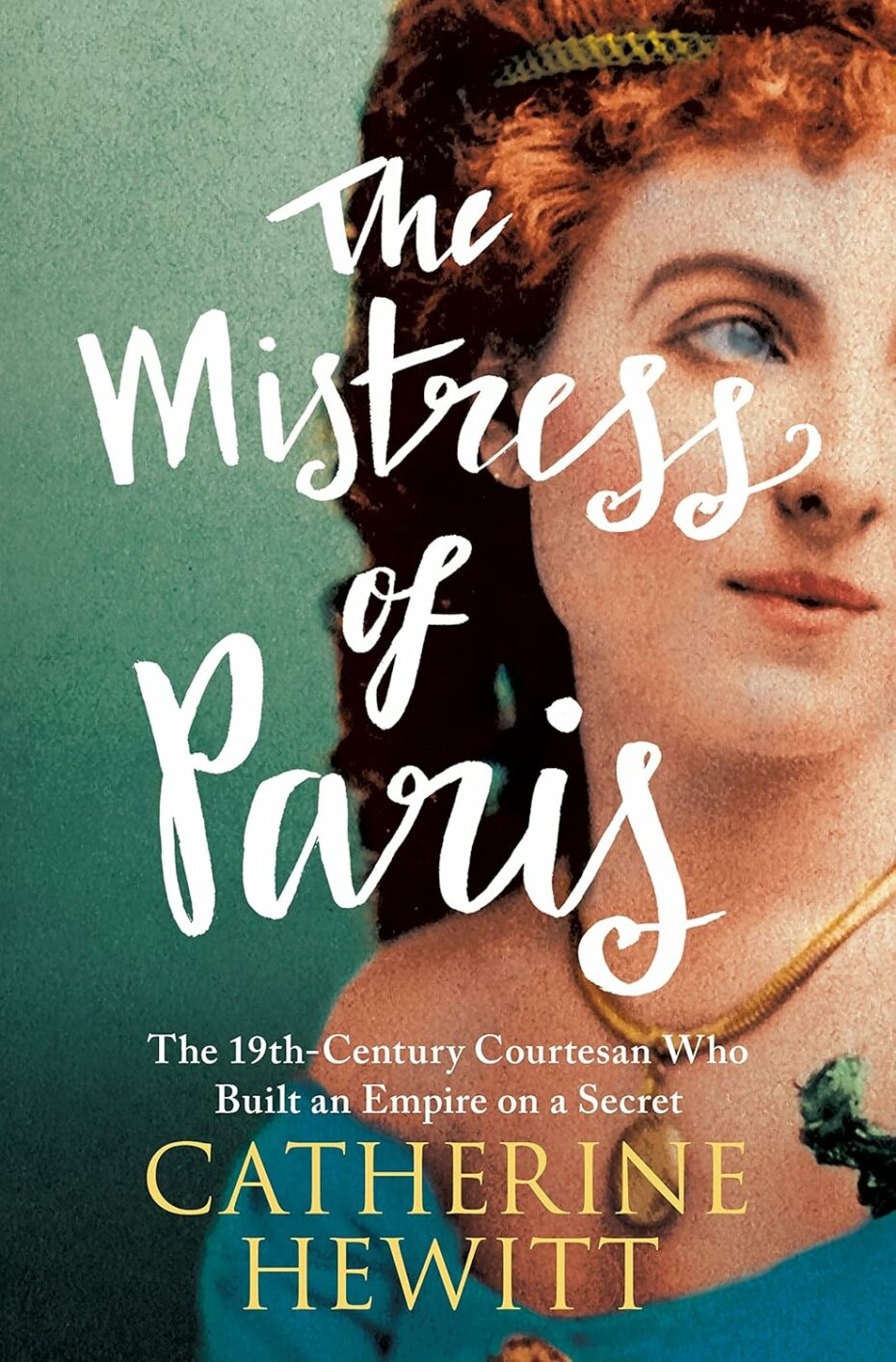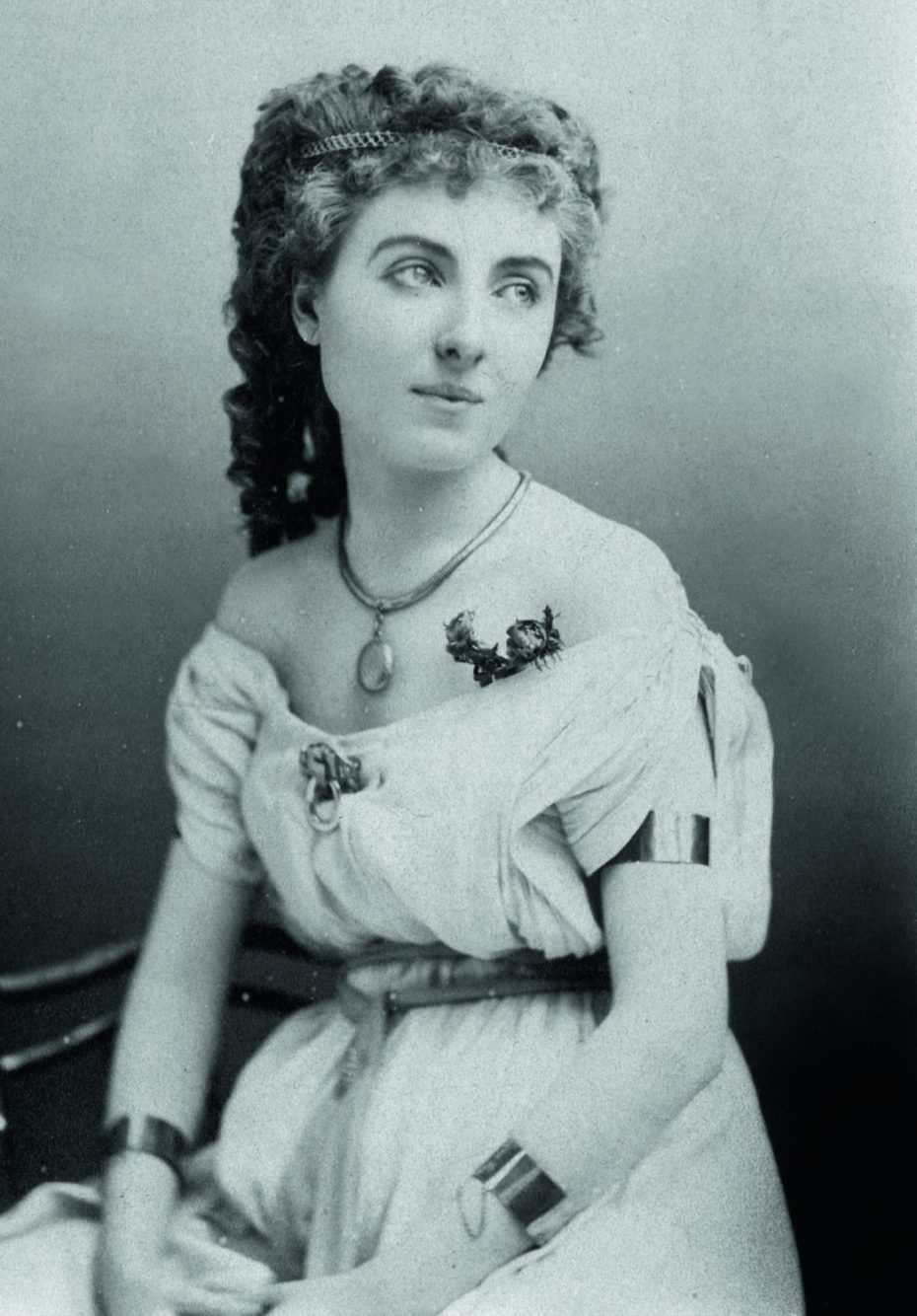
The only place more frequented than the Eiffel Tower, according to 19th century Parisians, was the exalted mattress of the Valtesse de la Bigne. Her story is the quintessential rags-to-riches tale, albeit one that’ll make you blush, and clues to her influence over the era’s most powerful figures are still visible in Paris to this very day…
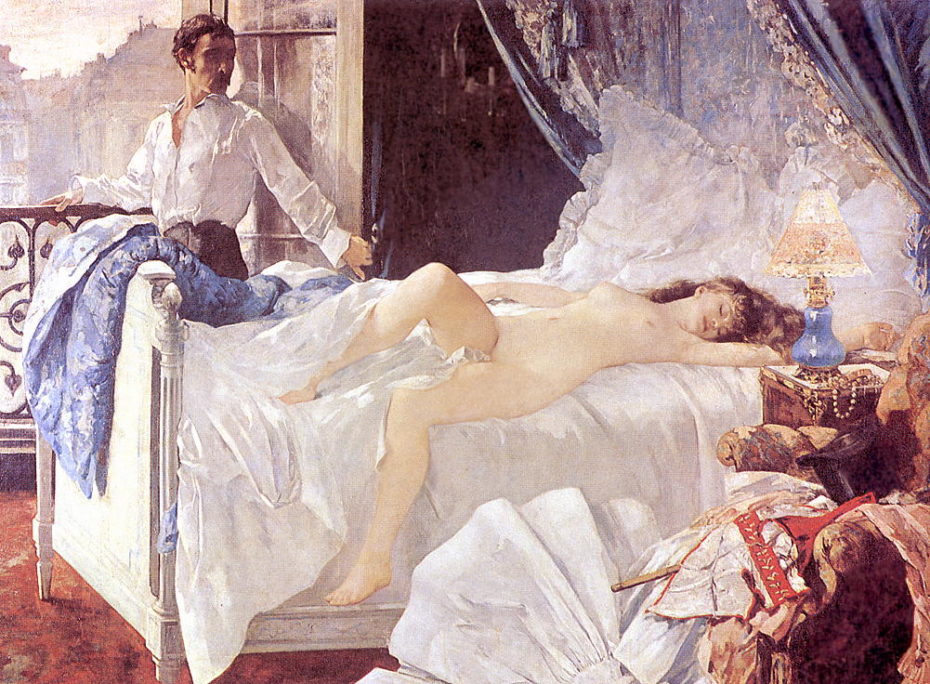
Before she became “the Valtesse,” she was just Émilie-Louise Delabigne: a Parisian girl from an impoverished household, working to make ends meet with her single mother. She worked in a sweet shop in the working class neighbourhood of the 9th arrondissement– an area known then as Notre-Dame de la Lorette– where clothing and confectionary shops flourished in particular, employing a predominantly female workforce. Given the neighbourhood’s veritable army of women, it also became a go-to area for men in search of steamy liaisons.
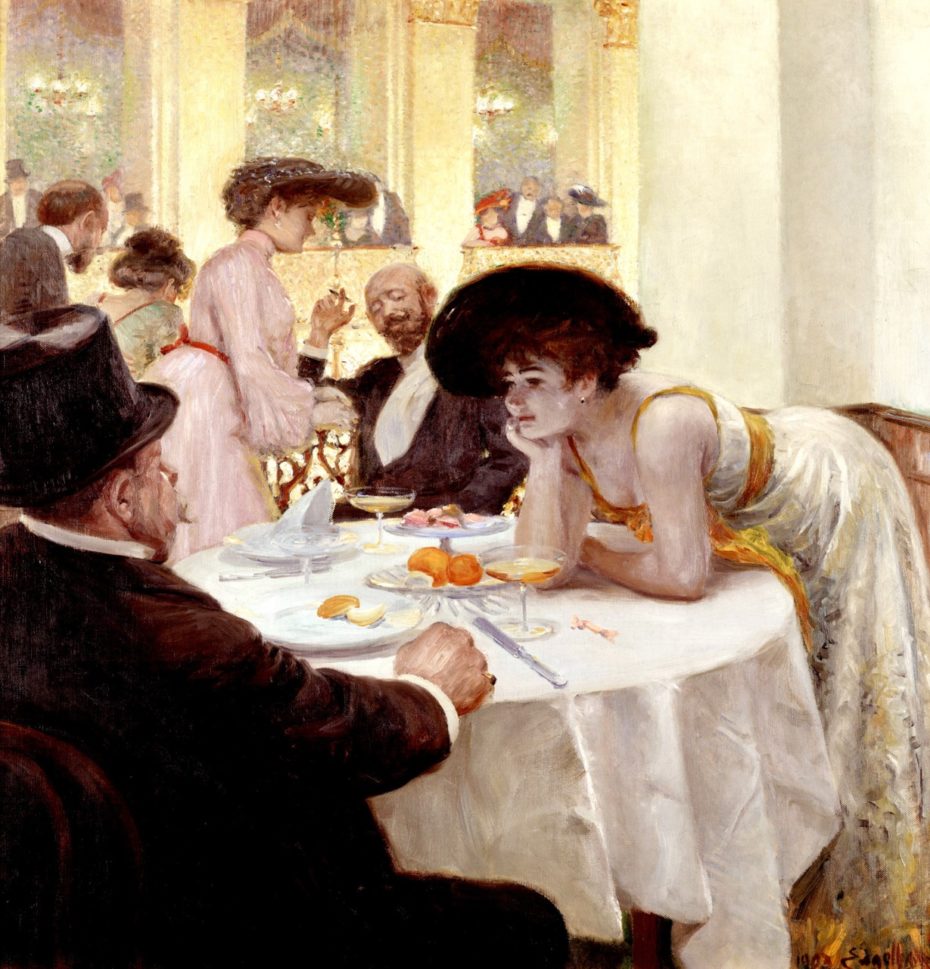
But these women weren’t like the infamous prostitutes of Pigalle— they were “lorettes”– ladies who only occasionally dipped their toes into sex work to pay an extra bill or two at the end of the month. “You have to understand,” says Chevé, “that women in the workforce were paid miserably at this time. This was the only tool she had at her disposal to climb the social ranks.”
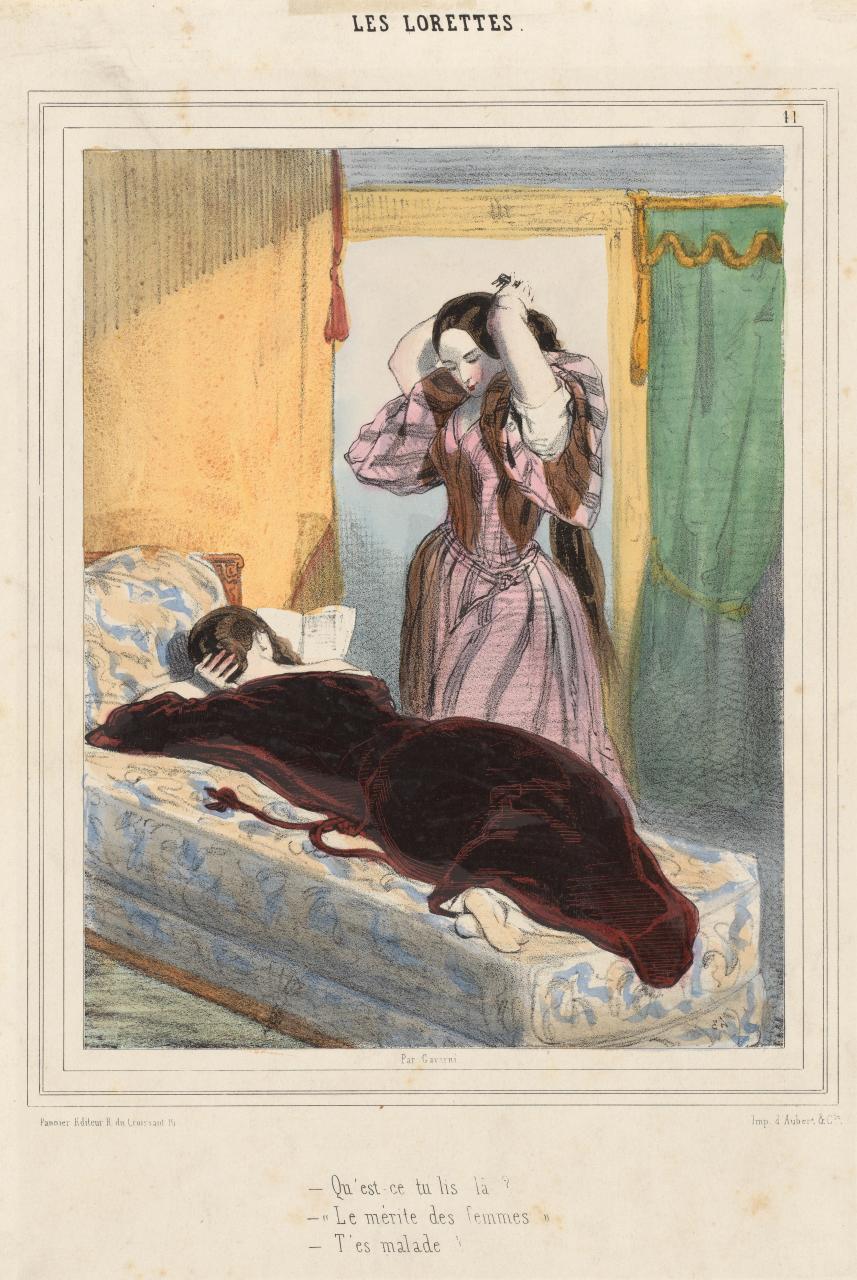
“At 20 she was ready to get out of there,” explains historian Joëlle Chevé in a 2017 French documentary on her life, Valtesse de la Bigne, Visites privies, “she used whatever means she could.”
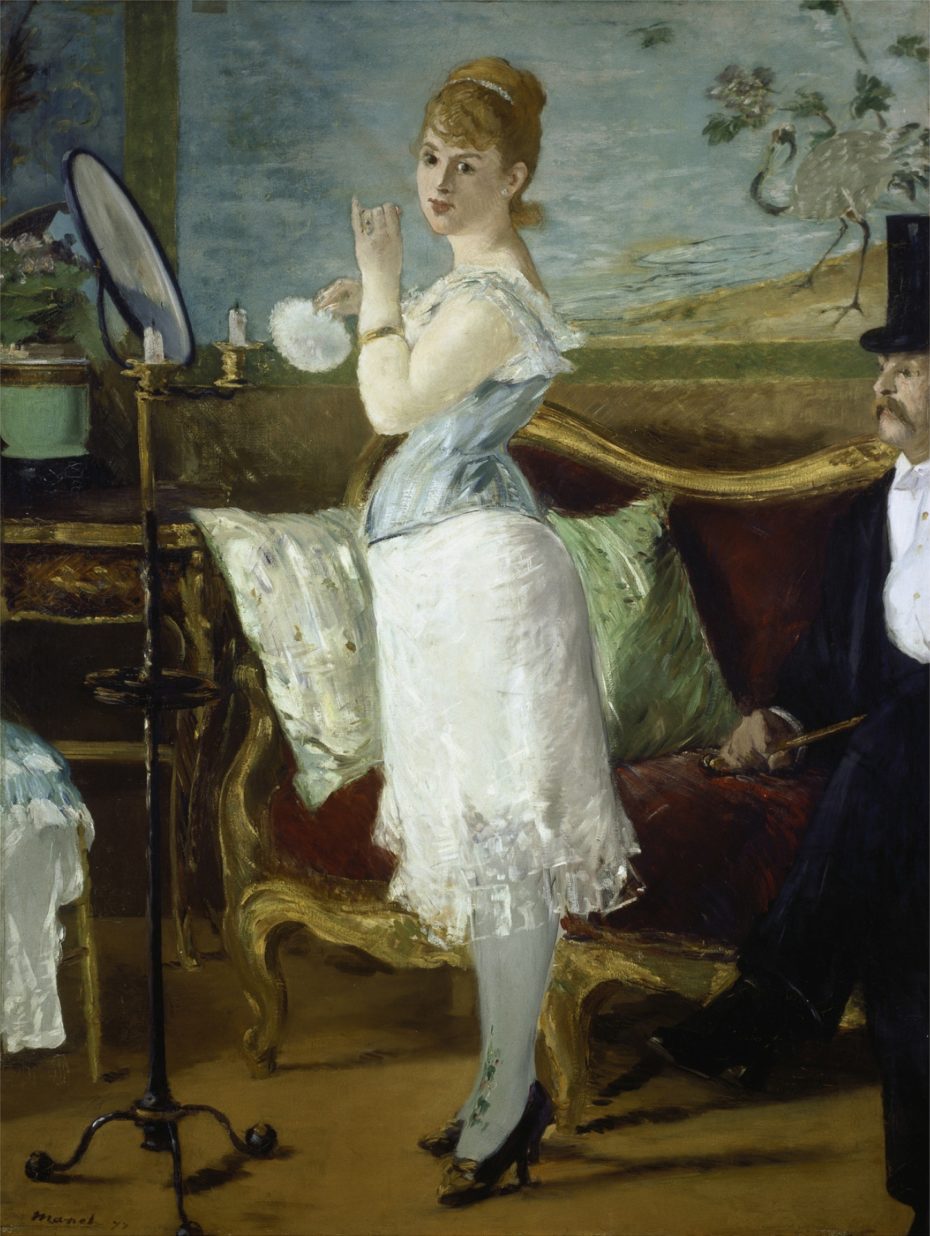
And climb she did. She became the best lorette in the game, a master in the art of conversation and a woman as charming as she was well-read. The finishing touch? A new, aristocratic sounding name. “Valtesse” sounded like the French phrase for “Your Highness,” (“Votre Altesse”) and set the tone for the reputation she fabricated for herself.
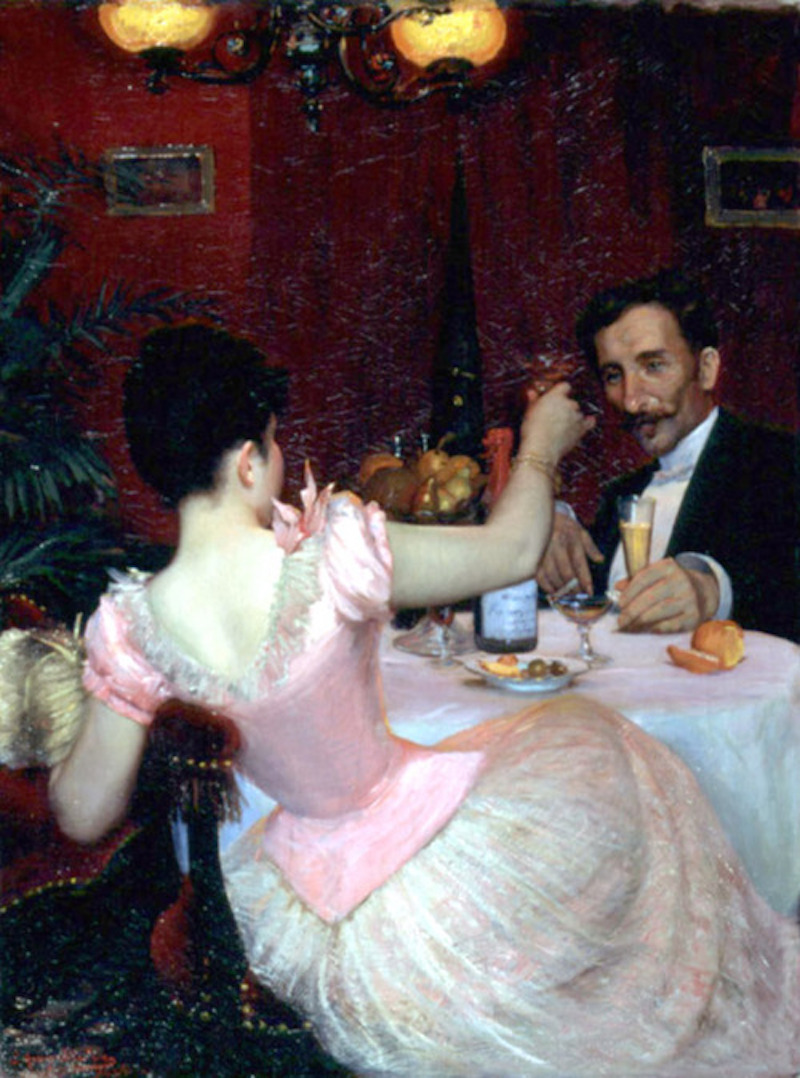
“She lied, and said she was the mistress of Napoleon III,” says Chevé, “to get her foot in the door.” But her big break came when she seduced the composer Jacques Offenbach, who was basically like the Mick Jagger of the era. Once she’d bagged him, she graduated from the rank of lorette to full-blown courtesan. She met her lovers at the infamous Lapérouse, a legendary restaurant still open to this day, founded in 1766 to cater high society gentlemen looking to spoil their lovers on fine dining while remaining discrete.
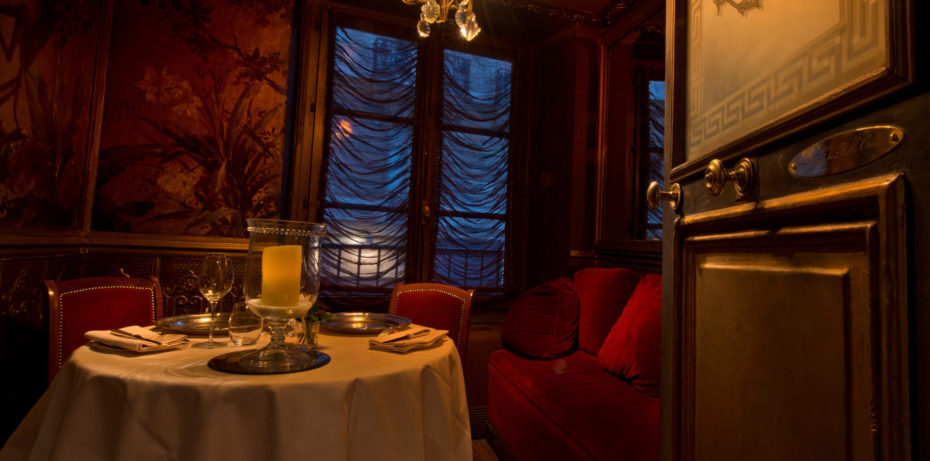
There were private dining rooms with secret passageways, and to this day scratches can be seen on the rooms’ mirrors — evidence of courtesans testing out the authenticity of the diamonds gifted to them.
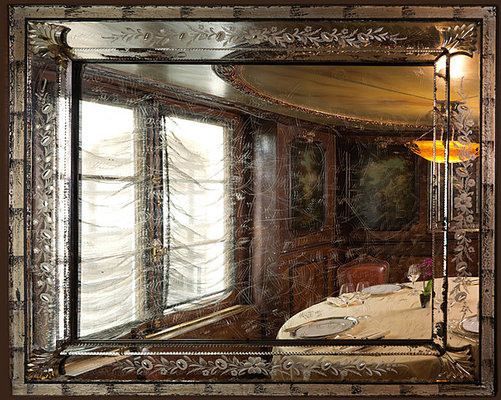
One of her lovers, the Prince of Sagan, went bankrupt building a swanky mansion for the Valtesse at 98 boulevard Malesherbes in the 17th arrondissement:
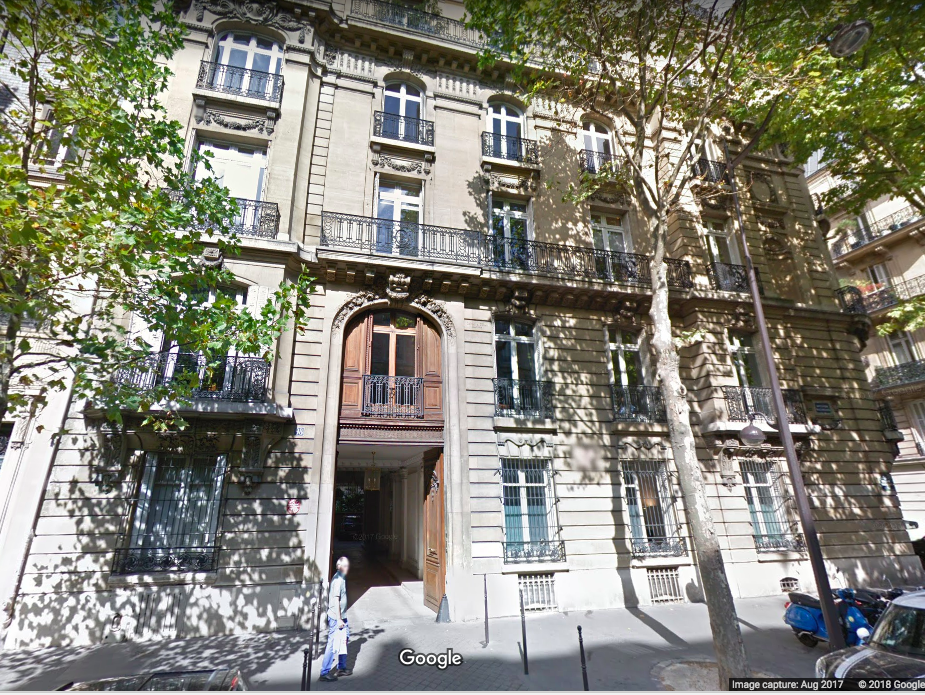
She became a lover and muse of impressionist painters like Eduard Manet, Henri Gervex, and Gustave Courbet. They called her house “the Painter’s Union” due to the amount of wonderful, and rather groundbreaking art she inspired…
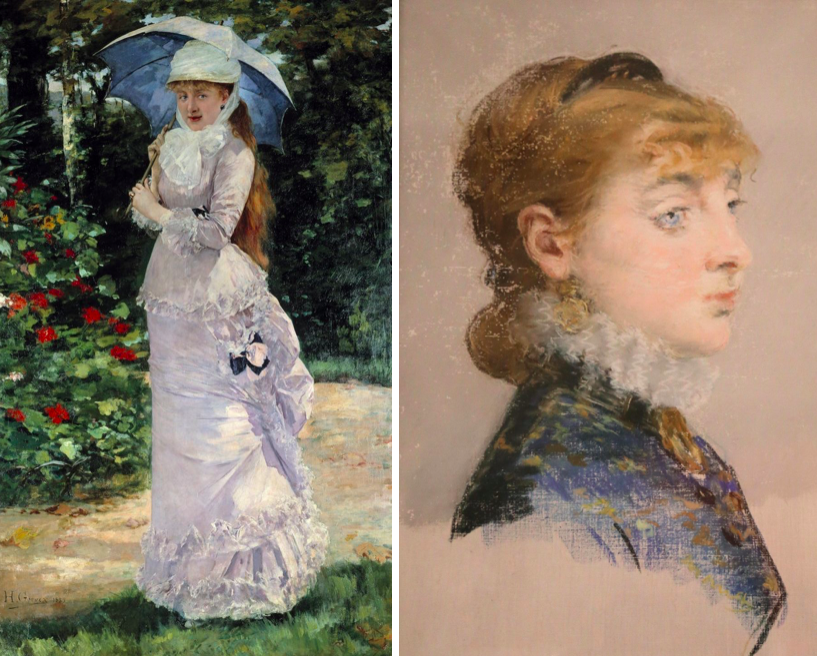
Not everyone praised her charms, however. French writer Emile Zola, although fascinated by “Her Highness” made a cruel caricature of her in his 1880 novel, Nana.
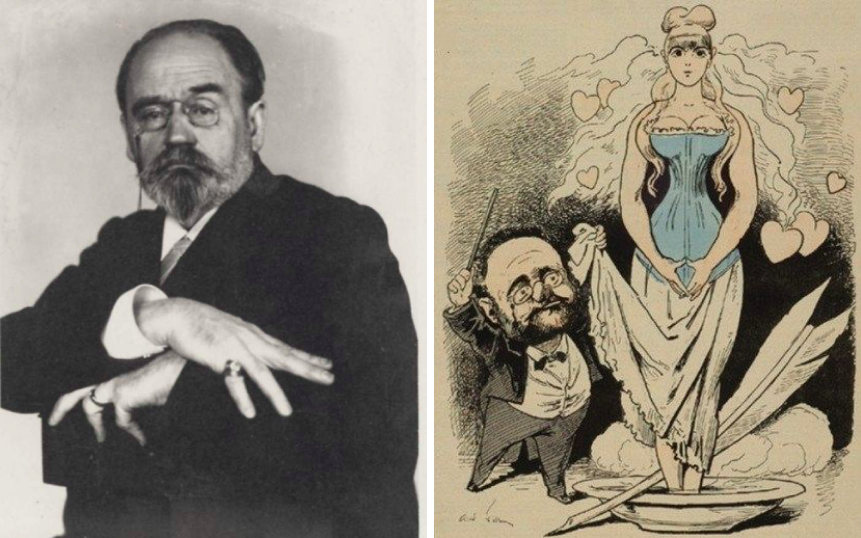
“A bed such as has never existed,” he wrote about her sleeping chambers when she refused him as a client, “a throne, an altar where Paris came to admire her sovereign nudity. Along its sides, a band of cupids among flowers who look on and smile, watching the pleasures in shadows of the curtains.”
You can still see the bed today at Paris’ Decorative Arts Museum. It’s presented with its sheets disheveled one of her portraits…
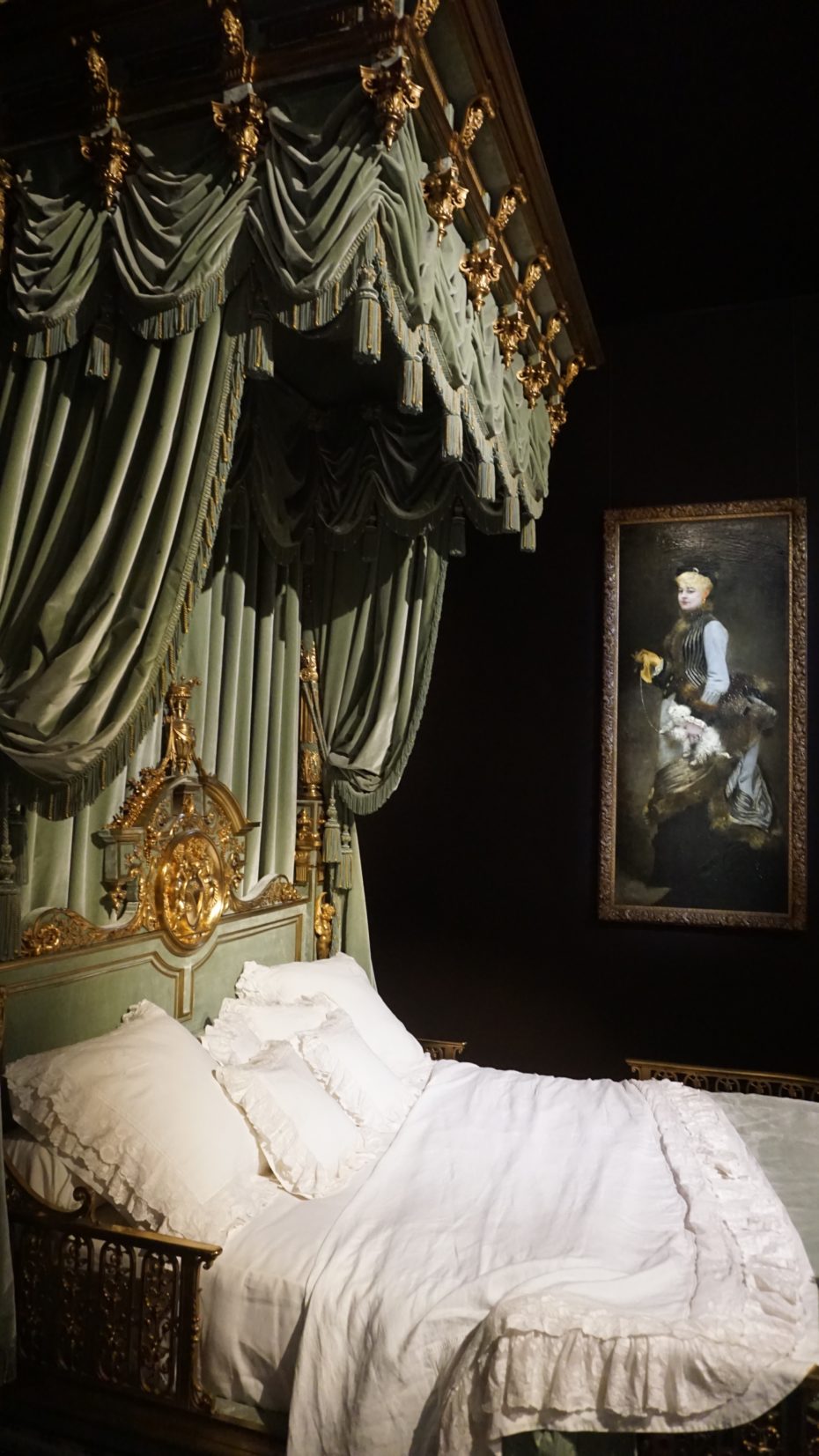
She never married, and didn’t want to. Instead, she packed up her fortune and moved to the suburbs of Ville-d’Avray to teach her courtesan apprentice, Liane de Pougy, and to eventually ‘retire’.
“There was even a bench by her tomb for her lovers to sit and cry,” concludes Chevé. She was buried in 1910 with two unknown men, ever the champion of romance. In the words of the Valtesse herself, “One must love during an instant…as one loves the crimson hues of the sun at the moment when it disappears below the horizon.”
